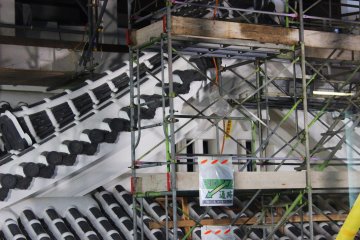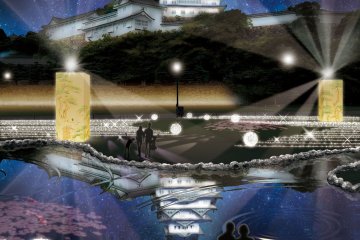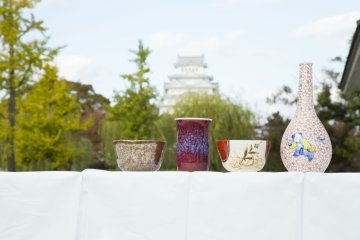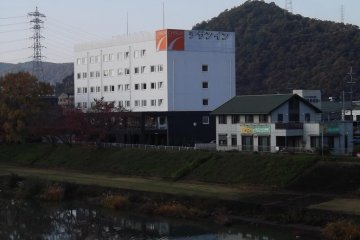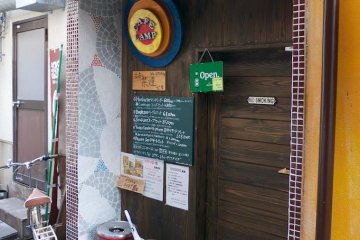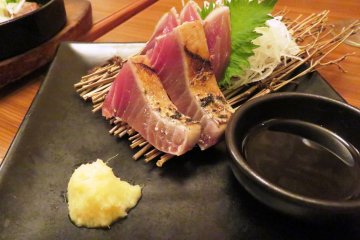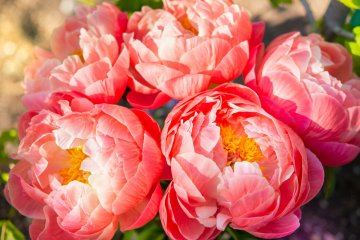The first stones for Himeji Castle were laid in the 1400s, but the castle’s current layout dates back to 1609. The location of Himeji Castle was considered quite strategic, as it lies along the western approach to Kyoto, which for many years was the nation’s capital. Despite its defensive fortifications, the castle was never besieged and even survived the bombs of World War II. Valued as one of Japan’s twelve remaining original castles, Himeji Castle was awarded UNESCO World Heritage status in 1993.
The entire complex recently underwent a five-and-a-half year renovation process, in which new roof tiles were installed and the white exterior walls were replastered. The interior of the castle is sparsely furnished, though visitors will be able to appreciate the level of craftsmanship evident in the wooden beams and floors. From the top floor of the keep, visitors are treated to a sweeping view of the castle grounds and battlements and the city beyond.
The castle’s Sannomaru area – a large open grassy area that can be entered free of charge – is a particularly popular photo spot during the spring cherry blossom season. The Sannomaru is also the site for a selection of festivals throughout the year, including a moon viewing celebration in September.
A short walk to the west of the castle lies Kokoen, a modern landscape that was designed to mimic a series of traditional Japanese gardens. Nine individual walled gardens occupy the site of the former west residence of the local feudal lord. Each of them highlights a specific natural feature, such as bamboo or pine trees or flowers. Two tea houses are located on site, and guests can enjoy a drink and light refreshments while gazing at the carefully tended scenery.
While part of the grounds are free, admission to the castle keep is ¥1000. (A combination ticket is available for both the castle and Kokoen.)
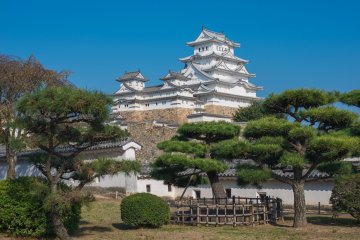



/134.69390523329,34.839453198135,9/397x132?access_token=pk.eyJ1IjoiamFwYW50cmF2ZWxtYXBzIiwiYSI6ImNqbXBtOXYxbDB5Z3ozbHFrazJuYWMwOGYifQ.v15fy_mcFWtgopmz8PhwqA)



